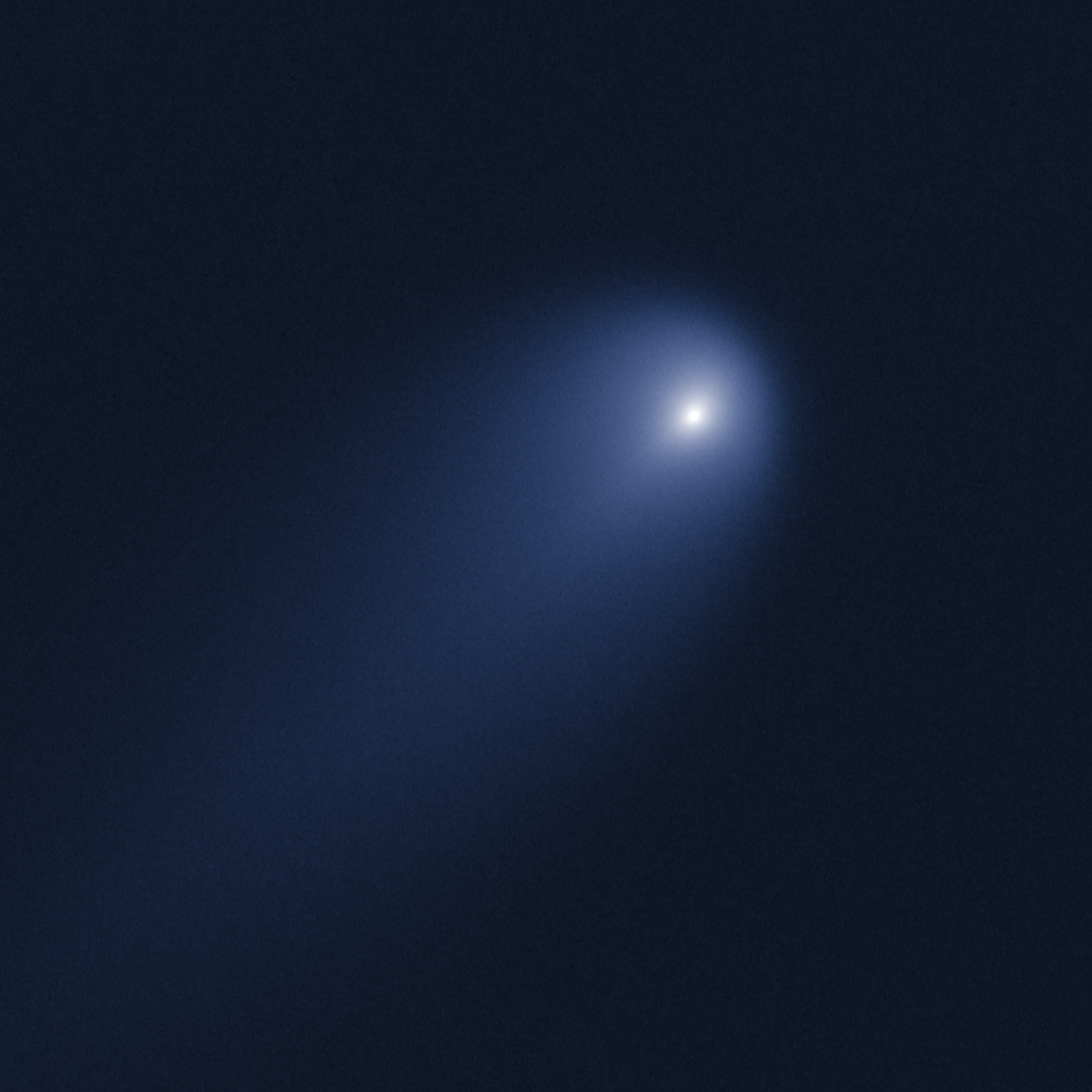Comet of the Century: How to See Comet ISON Live Online Today

The potential "comet of the century" is traveling fast on its way to the inner solar system, and today, you'll have the chance to see it in action.
The online Slooh Space Camera will broadcast live shots of Comet ISON beginning today (April 30) at 5 p.m. EDT (2100 GMT) using a remotely operated observatory off the west coast of Africa in the Canary Islands. This is the second ISON update in as many months from Slooh, and you can watch the webcast live on SPACE.com.
Slooh's President Patrick Paolucci, Slooh engineer Paul Cox and SPACE.com managing editor Tariq Malik will participate in today's webcast. "Our goal with these ISON update shows is to give the general public an early view of this comet as it heads toward the Sun and Earth — prior to its encounters in late November and December respectively," Paolucci said in a statement. [See Photos of Comet ISON]
Slooh isn't the only organization watching ISON. NASA has organized a massive global campaign using ground and space-based telescope to track the comet as it makes its way through the solar system.
It is now on its way toward the inner solar system from its birthplace in the Oort cloud — a mass of icy bodies on the outer edge of the solar system. Its closest pass of the sun will bring it within 730,000 miles (nearly 1.2 million kilometers) of the star on Nov. 28.
The "sungrazing" comet is expected to brighten as it gets closer to the sun, earning its "comet of the century" moniker. It is possible that ISON will shine as brightly as the moon when it makes its close pass of the sun, but the comet could also fizzle out before brightening, NASA experts say.
Astronomers have trouble predicting ISON's brightness because it is the first time the comet has been observed.
Get the Space.com Newsletter
Breaking space news, the latest updates on rocket launches, skywatching events and more!
ISON — officially named C/2012 S1 (ISON) — was first discovered in September 2012 by Russian amateur astronomers Artyom Novichonok and Vitali Nevski.
The comet is named after the International Scientific Optical Network, the telescope responsible for its discovery.
You can also follow the webcast directly at the Slooh Space Camera website.
Editor's note: If you have an amazing picture of Comet ISON or any other night sky view that you'd like to share for a possible story or image gallery, send photos, comments and your name and location to managing editor Tariq Malik at spacephotos@space.com.
Follow Miriam Kramer on Twitter and Google+. Follow us on Twitter, Facebook and Google+. Original article on SPACE.com.
Join our Space Forums to keep talking space on the latest missions, night sky and more! And if you have a news tip, correction or comment, let us know at: community@space.com.

Miriam Kramer joined Space.com as a Staff Writer in December 2012. Since then, she has floated in weightlessness on a zero-gravity flight, felt the pull of 4-Gs in a trainer aircraft and watched rockets soar into space from Florida and Virginia. She also served as Space.com's lead space entertainment reporter, and enjoys all aspects of space news, astronomy and commercial spaceflight. Miriam has also presented space stories during live interviews with Fox News and other TV and radio outlets. She originally hails from Knoxville, Tennessee where she and her family would take trips to dark spots on the outskirts of town to watch meteor showers every year. She loves to travel and one day hopes to see the northern lights in person. Miriam is currently a space reporter with Axios, writing the Axios Space newsletter. You can follow Miriam on Twitter.











